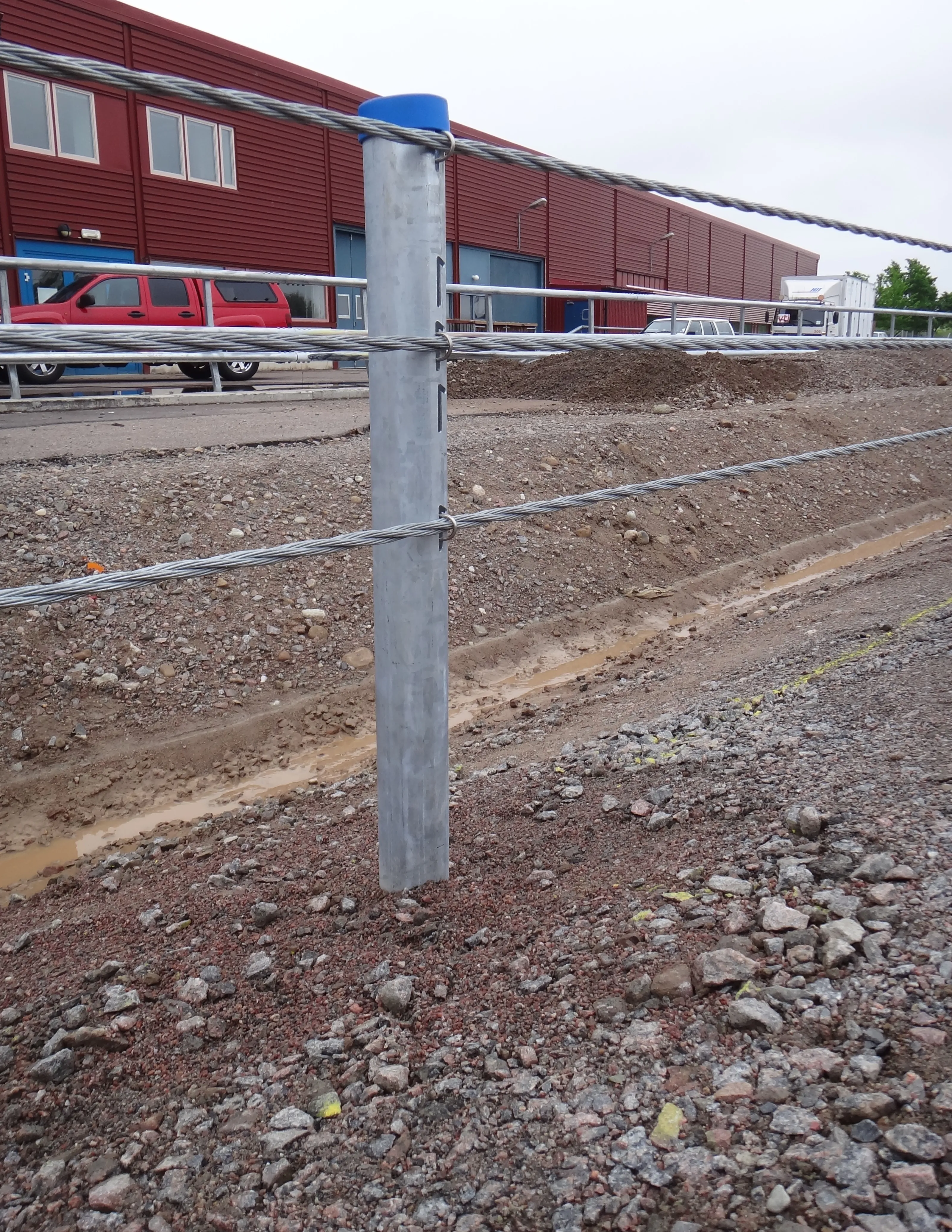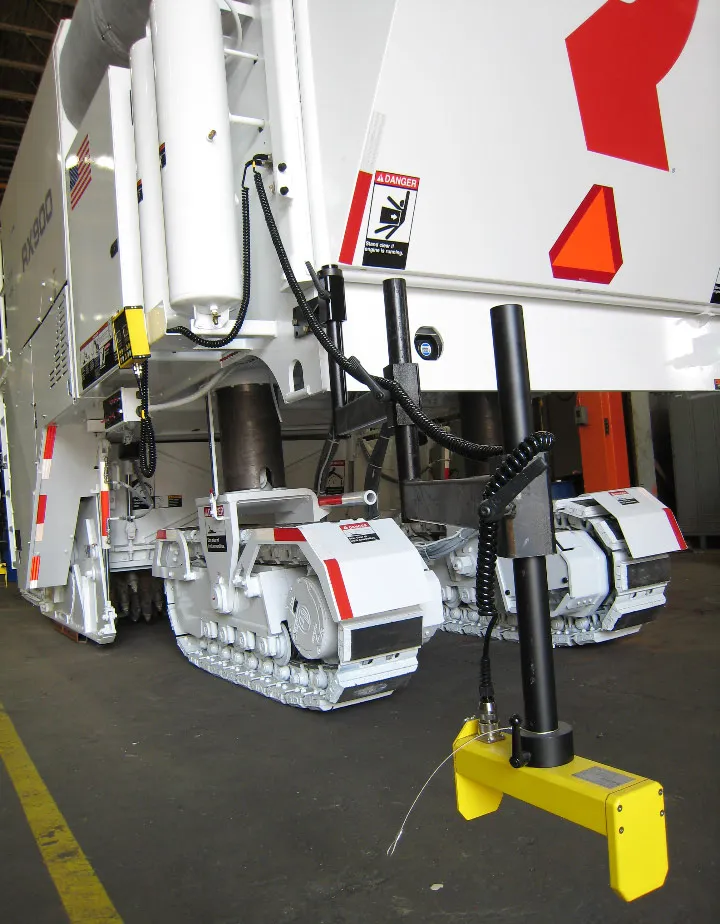New barrier protection technologies can boost road safety – Mike Woof writes According to Swedish specialist Blue Systems, slope barriers can offer technical benefits in comparison with conventional side barriers. The firm says that moving the road barrier from the hard shoulder out into the embankment slope delivers a wider road without having to widen the carriageway. “It’s a very cost-efficient way of creating more space and raising road safety, there is no widening of hard shoulder required – just a sui
December 3, 2014
Read time: 2 mins

New barrier protection technologies can boost road safety – Mike Woof writes
According to Swedish specialist Blue Systems, slope barriers can offer technical benefits in comparison with conventional side barriers. The firm says that moving the road barrier from the hard shoulder out into the embankment slope delivers a wider road without having to widen the carriageway. “It’s a very cost-efficient way of creating more space and raising road safety, there is no widening of hard shoulder required – just a suitable road barrier,” said Blue Systems’ Rickard Svensson.
Blue Systems is a pioneer in the field, originally developing the slope fence and showing the concept to the3530 Swedish Transport Administration back in 2000. The firm says that the SAFENCE slope barriers are high enough to cope with a car departing the roadway and into the slope, as well as being low enough to redirect a car that follows the slope of the embankment towards the barrier.
Blue Systems’ SAFENCE Slope fence has been successfully installed on the Swedish road network and is now being exported into several markets around the world. A key feature is that the slope fences meet both the US NCHRP 350 standards with TL3 classifications, as well as the European EN 1317 standards.
There are other advantages even if snow is not a concern and Svensson said, “A slope installation offers a wider road space creating less of a ‘wall effect’ and more wobble room, which lowers maintenance costs. A slope installation even offers space for a car that is broken down, which can sometimes be a concern with regular side barriers installed close to traffic lanes."
According to Swedish specialist Blue Systems, slope barriers can offer technical benefits in comparison with conventional side barriers. The firm says that moving the road barrier from the hard shoulder out into the embankment slope delivers a wider road without having to widen the carriageway. “It’s a very cost-efficient way of creating more space and raising road safety, there is no widening of hard shoulder required – just a suitable road barrier,” said Blue Systems’ Rickard Svensson.
Blue Systems is a pioneer in the field, originally developing the slope fence and showing the concept to the
Blue Systems’ SAFENCE Slope fence has been successfully installed on the Swedish road network and is now being exported into several markets around the world. A key feature is that the slope fences meet both the US NCHRP 350 standards with TL3 classifications, as well as the European EN 1317 standards.
There are other advantages even if snow is not a concern and Svensson said, “A slope installation offers a wider road space creating less of a ‘wall effect’ and more wobble room, which lowers maintenance costs. A slope installation even offers space for a car that is broken down, which can sometimes be a concern with regular side barriers installed close to traffic lanes."









